
Nomad Press
A division of Nomad Communications
10 9 8 7 6 5 4 3 2 1
Copyright 2017 by Nomad Press. All rights reserved.
No part of this book may be reproduced in any form without permission in writing from the publisher, except by a reviewer who may quote brief passages in a review or for limited educational use.
The trademark Nomad Press and the Nomad Press logo are trademarks of Nomad Communications, Inc.
ISBN Softcover: 978-1-61930-571-7
ISBN Hardcover: 978-1-61930-567-0
Educational Consultant, Marla Conn
Questions regarding the ordering of this book should be addressed to
Nomad Press
2456 Christian St.
White River Junction, VT 05001
www.nomadpress.net
More science titles in the Inquire and Investigate series

Check out more titles at www.nomadpress.net
 Interested in primary sources?
Interested in primary sources?
Look for this icon.
You can use a smartphone or tablet app to scan the QR codes and explore more! Cover up neighboring QR codes to make sure youre scanning the right one. You can find a list of URLs on the Resources page.
If the QR code doesnt work, try searching the Internet with the Keyword Prompts to find other helpful sources.
 Planets
Planets
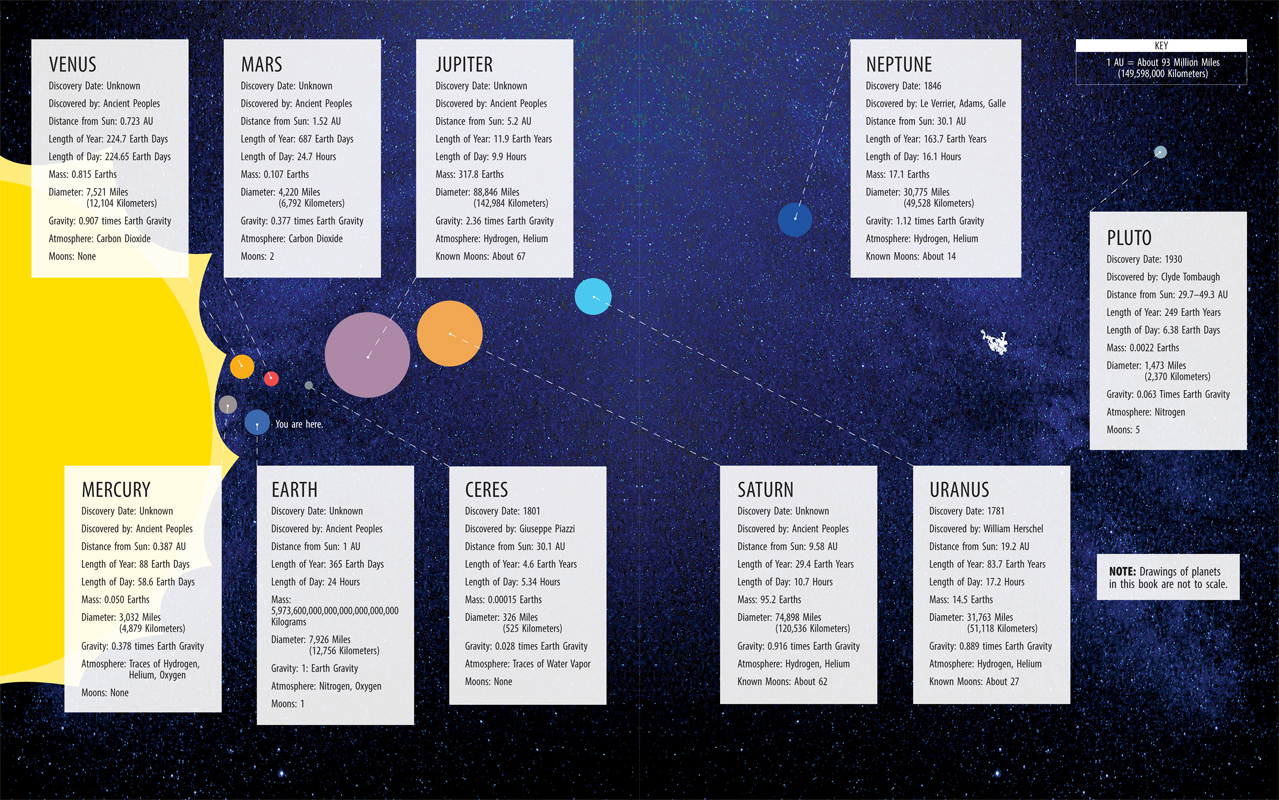

Introduction
Studying Other Planets

What is planetary science?

Planetary science is the scientific study of planets, moons, asteroids, comets, and other objects in the solar system. To study these objects, planetary scientists use many different areas of science, such as astronomy, chemistry, physics, meteorology, and geology.
If you go outside on a clear night and look up, you might be able to see one or more planets. Mercury, Venus, Mars, Jupiter, and Saturn are all visible from our own planet, Earth. What are these celestial objects? Why is it important to learn about them?
Planetary scientists work to understand what planets are made of, what characteristics they share, and how they are different. They study the history of planets and their behaviors. These scientists search for answers to questions that people have had about planets since humans first looked up in the sky.
About 4.6 billion years ago, our solar system was new. It was nothing more than a huge cloud of swirling hydrogen gas, dust, and ice particles called a molecular cloud. Created from the violent death of an ancient star called a supernova, the giant cloud stretched a few light-years across, slowly churning in space.
Gradually, the grains of dust and wisps of gas began to clump together. The clumps grew larger as their gravities pulled in more material.
In the hot, dense center of the cloud, a proto-sun formed. The rest of the cloud formed a swirling disk around it called the solar nebula. Inside the solar nebula, microscopic particles of dust and ice continued to move about, sometimes colliding and sticking together.
During the course of millions of years, this process, called accretion, formed objects a few miles across. These objects are called planetesimals, and they are the building blocks of planets. As millions more years passed, these planetesimals collided and merged with each other. Among the debris, only a few remained.
Today, our solar system consists of eight planets and their moons, dwarf planets, asteroids, and comets. Planetary science is the study of these objects, and it involves many different branches of science working together to try to answer some very big questions.
Where did these objects come from? Why are some of them so similar and others so different? Is our solar system unique?
Vocab Lab
There is a lot of new vocabulary in this book! Turn to the glossary in the back when you come to a word you dont understand. Practice your new vocabulary in the VOCAB LAB activities in each chapter.
Scientific Method
The scientific method is the process scientists use to ask questions and find answers. Keep a science journal to record your methods and observations during all the activities in this book. You can use a scientific method worksheet to keep your ideas and observations organized.
Question: What are we trying to find out? What problem are we trying to solve?
Research: What is already known about this topic?
Hypothesis: What do we think the answer will be?
Equipment: What supplies are we using?
Method: What procedure are we following?
Results: What happened and why?
WHATS A PLANET?
What do you consider to be a planet? Does it need to be a certain size or shape? Surprisingly, there wasnt a real definition of a planet until 2006. Thats when the International Astronomical Union (IAU), an organization that determines names for objects in space, faced a problem.
Astronomers had recently found several objects orbiting farther from the sun than the planet Pluto. In fact, one of them was thought to be larger than Pluto itself. And astronomers estimated that many more objects like Pluto might be hiding in the outer solar system. Without a real definition, they reasoned, we might end up with more planets than we could name.
In order to keep this from happening, the IAU settled on the following requirements for planet-hood. A planet must:
orbit the sun;
be massive enough that its gravity pulls itself into a round, or nearly round, shape; and
have cleared its neighborhood of other objects.
This definition also made a big change to the solar systemPluto was no longer a planet, but a dwarf planet. Pluto met the first two requirements, but not the third. Because of its small size, it wasnt able to clear away other objects in its neighborhood.
However, Pluto wasnt alone in being affected by the new definition. Ceres, once considered the largest asteroid, was now a dwarf planet. Newly discovered objects beyond Pluto, such as Eris, Makemake, and Haumea, were also categorized as dwarf planets.
The planets in our solar system are usually separated into two groupsthe inner planets and the outer planets. The inner planets, also called terrestrial planets, are smaller, rockier worlds with solid surfaces. The outer planets, sometimes called Jovian planets, are larger and made mostly of gases.
Starting from the sun, the inner planets Mercury, Venus, Earth, and Mars are followed by the dwarf planet Ceres. Next comes the asteroid belt, which separates the inner planets from the outer planets Jupiter, Saturn, Uranus, and Neptune. Beyond Neptune are the trans-Neptunian objects. These include Pluto and the other dwarf planets of the outer solar system.
Even farther beyond the trans-Neptunian family lies the Oort Cloud, where icy comets are thought to come from.
Next page

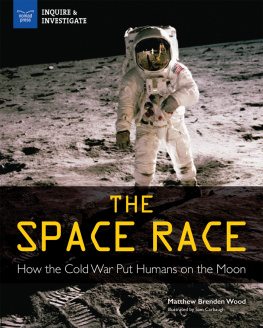
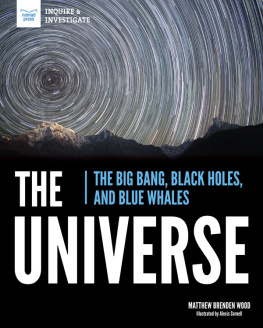
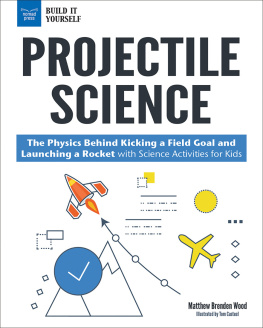
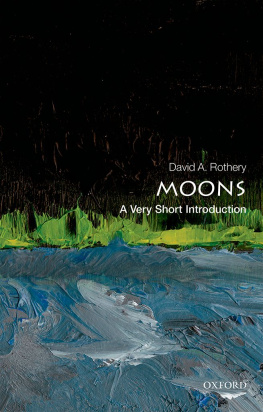

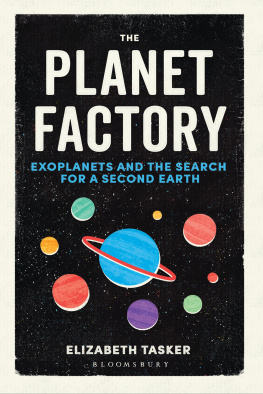
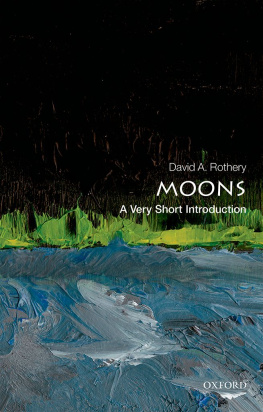
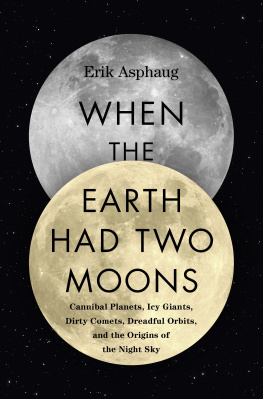
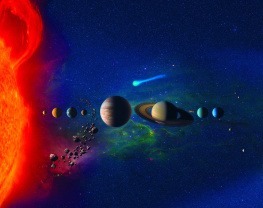
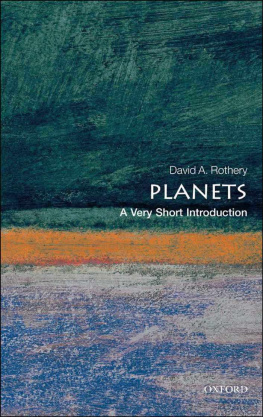
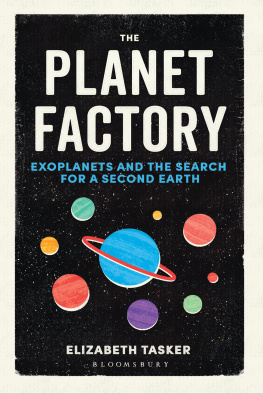
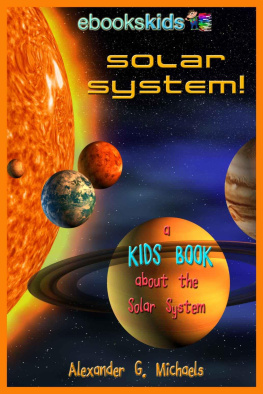


 Interested in primary sources?
Interested in primary sources? Planets
Planets


